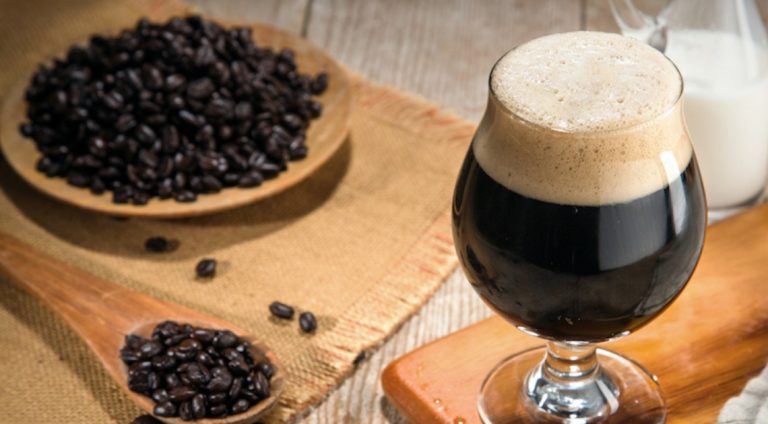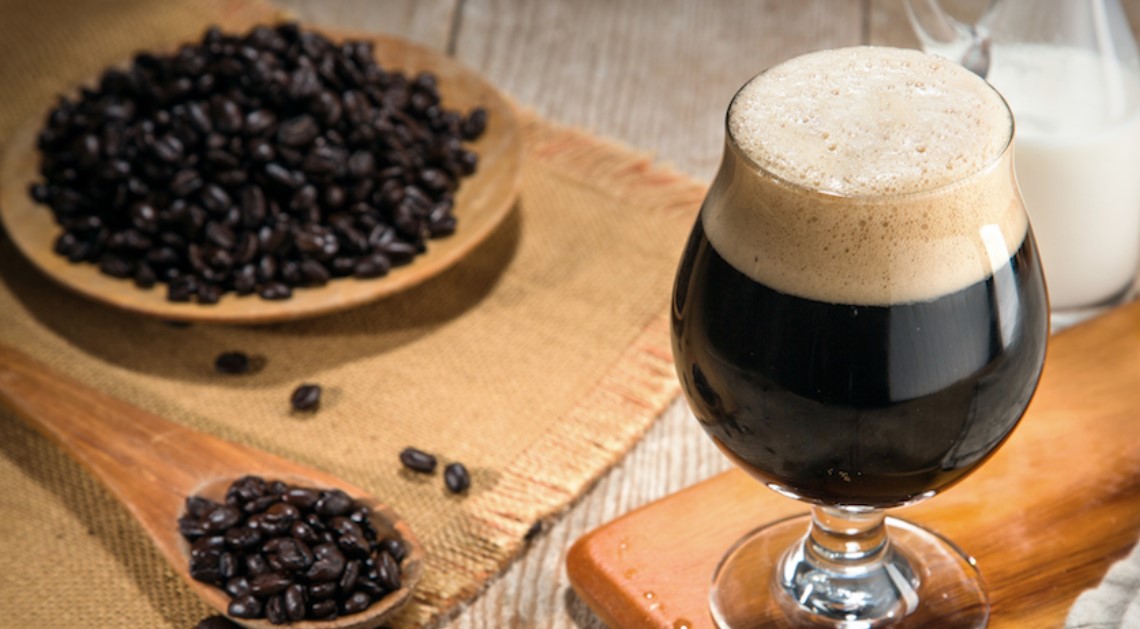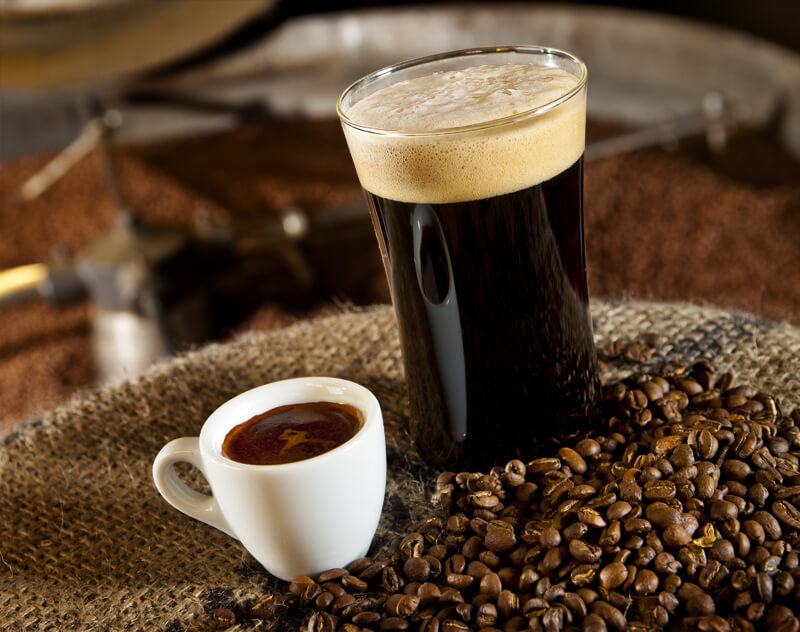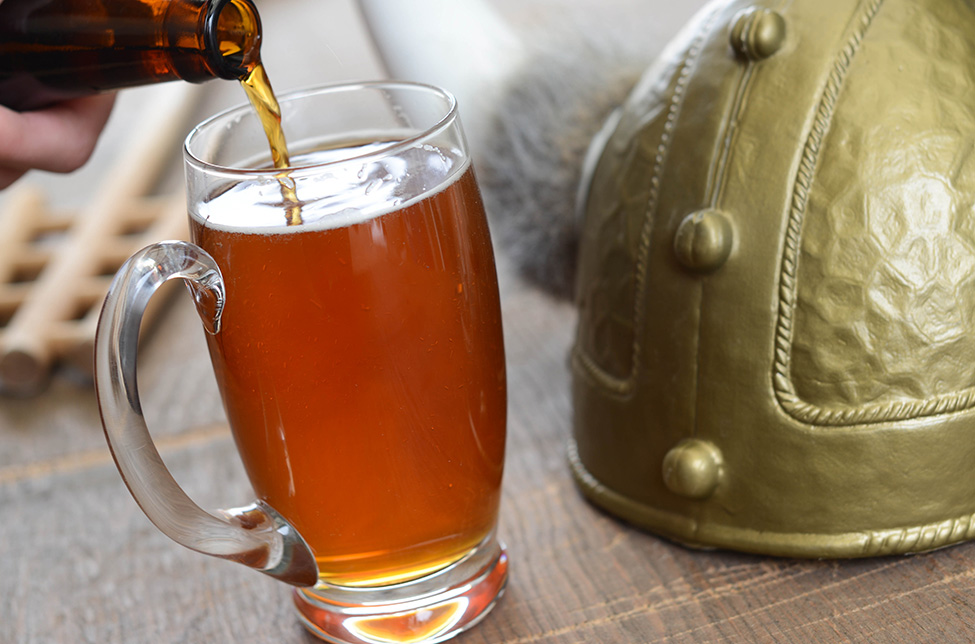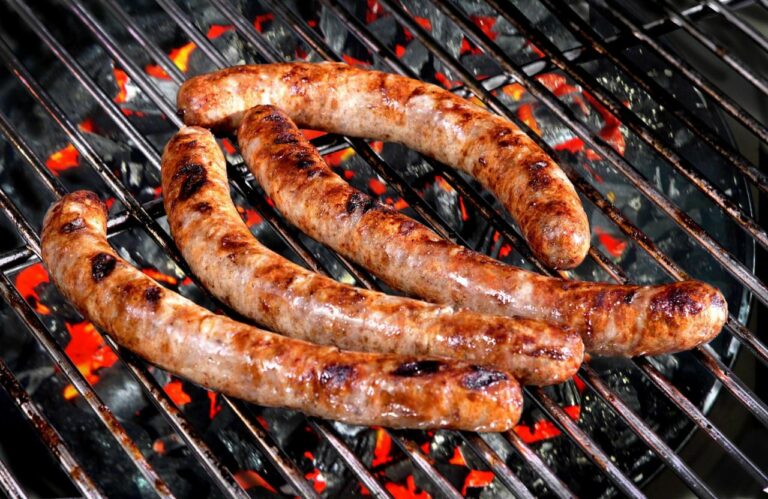Diabetes, heart attack, dementia: moderate beer consumption can help prevent diseases. The drink is also isotonic and many people like it. So is beer drinking good for us?
Healthy and tasty: beer can prevent diseases
1. Beer increases bone density: According to US researchers, beer can prevent bone loss. Their conclusion is that beer made with lots of hops and lots of malted barley contains the highest proportion of a bone-strengthening mineral, according to the findings of the “Journal of the Science of Food and Agriculture”. Moderate beer consumption can even counteract osteoporosis.
2. Beer reduces the risk of cardiovascular disease: Various research results indicate that a low to moderate alcohol consumption of 10 to 25 grams per day, which corresponds to one to two glasses of beer of 0.3 liters, has a positive effect the risk of cardiovascular disease. A study found that drinking beer in moderation reduces the risk of heart attack by 30 percent. The risk is therefore higher both with frequent beer consumption and with complete abstinence from beer. According to the Deutsches Ärzteblatt, the cardioprotective effect appears to be due to a complex interaction of a wide variety of mechanisms such as an increase in HDL cholesterol levels or a reduced tendency to form thrombosis, but also through effects on stress perception and stress control.
Positive effect: This is how beer affects cholesterol and diabetes
3. Beer has a positive effect on cholesterol levels: A study by the University of Pennsylvania found that those who consumed moderate amounts of alcohol on a regular basis had better cholesterol levels than those who did not drink at all consumed alcohol. Beer in particular helps to increase the proportion of healthy HDL cholesterol in the body or to slow down its breakdown. It protects against heart attack and stroke.
4. Beer lowers the risk of diabetes: According to a study by the Statens Institut for Folkesundhet, those who drink alcohol three to four days a week have a lower risk of diabetes. According to the study, moderate alcohol consumption could protect against the development of type 2 diabetes. According to the study, men who consumed 14 alcoholic beverages and women who consumed 9 alcoholic beverages per week were least likely to develop the metabolic disorder. However, people with existing type 2 diabetes are advised not to consume excessive amounts of alcohol. Alcohol can inhibit the release of glucose from the liver, which can provoke hypoglycemia in diabetics.
5. Beer can help flush out kidney stones: This assumption is widely held. What is certain is that alcohol and especially beer have a dehydrating effect. This diuretic effect of the beer means that the kidneys are flushed out well and this in turn means that possible stones could be flushed out. The problem with this is that alcohol dries out the body after this inundation and the urine thickens, which can lead to larger stones. Alcohol-free beer is much better recommended. It is isotonic, has the beneficial effects of beer but without the harmful effects of alcohol.
Beer protects against dementia: Moderate “drinkers” have an advantage
6. Beer can protect against dementia: In a study, researchers found that people who had not drunk alcohol for decades had a significantly higher risk of developing dementia in old age than moderate drinkers. The likelihood of developing Alzheimer’s or other forms of dementia as a teetotaler is statistically higher than that of moderate drinkers. Alcohol abuse, on the other hand, greatly increases the risk of developing dementia.

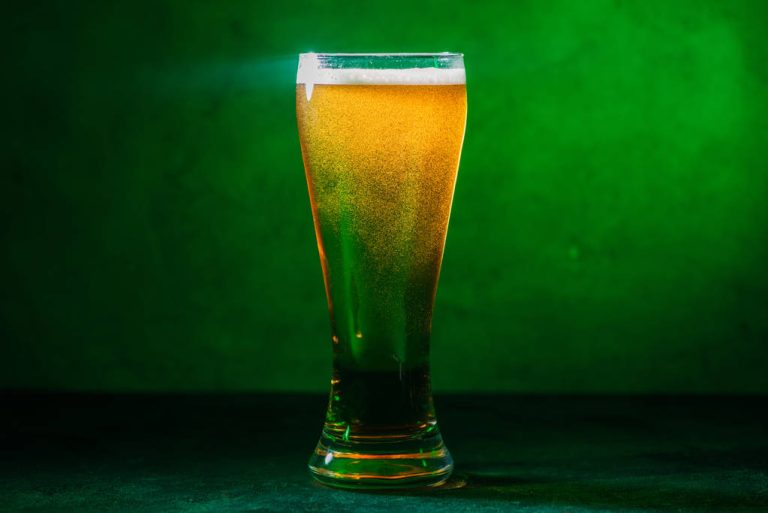

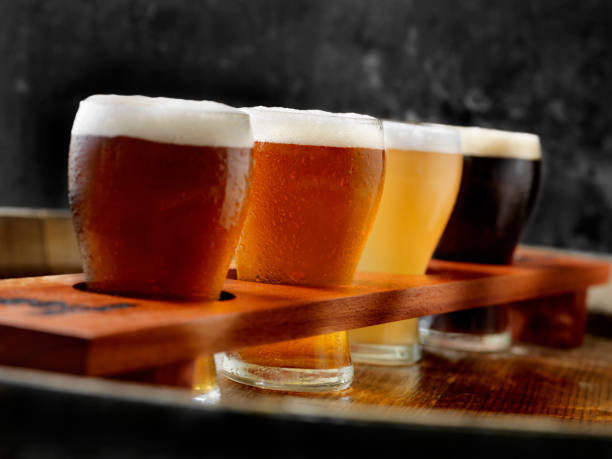
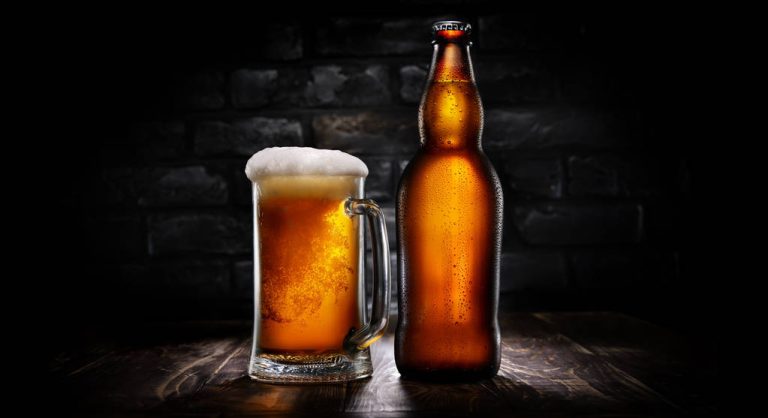


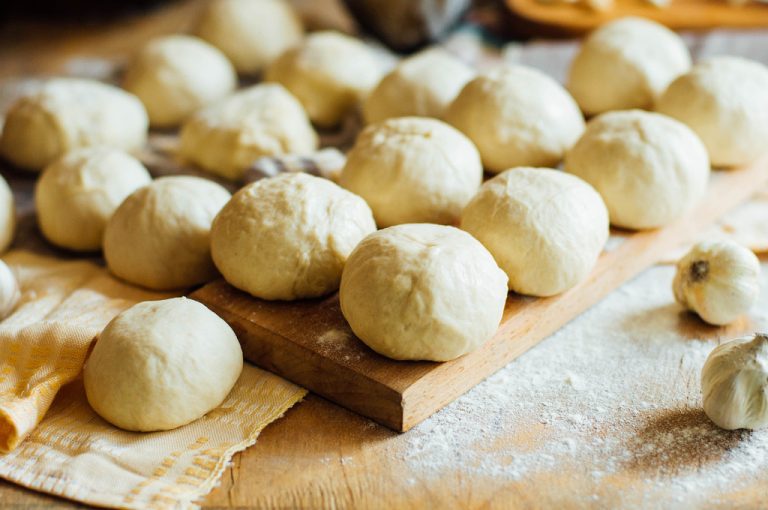
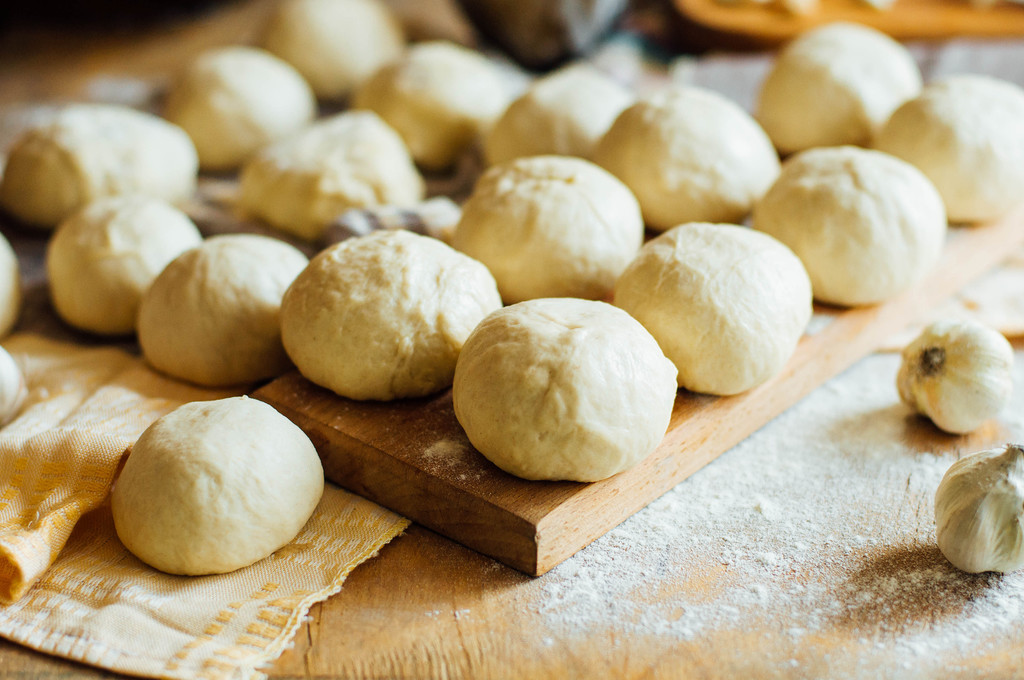


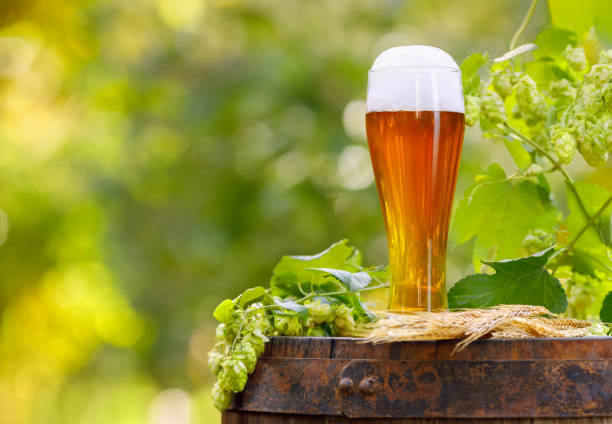 4. Total output
4. Total output